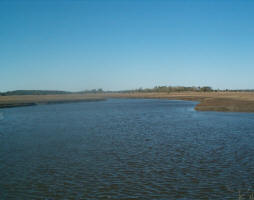 Getting Lebanon’s water flowing: using new SDG data in an urban crisis
Getting Lebanon’s water flowing: using new SDG data in an urban crisis
Although Lebanon is rich in water compared to Jordan, Israel and Syria, the amount of renewable water in the region has dropped from 1,000 cubic metres a year per person – considered the threshold of water poverty – to around 700m3 per person since the refugees arrived.
Humanitarian agencies, national government and water utilities have been working to respond to the infrastructural and water resource challenges that underpin the crisis. This has included upgrading infrastructure for water service and wastewater treatment plants.
A lack of reliable data on access to water and water quality has challenged planning and decision making in relation to the ongoing water crisis since 2011. However, the Joint Monitoring Programme has recently published updated SDG data on water provision in Lebanon as a result of cooperation between humanitarian agencies like UNICEF and the national government.
UNICEF partners with the World Health Organisation for the Joint Monitoring Programme to track the Sustainable Development Goal 6 – to ensure access to water and sanitation for all – globally.
| Contact information |
Anna Walnycki
|
|---|---|
| News type | Inbrief |
| File link |
https://www.iied.org/getting-lebanons-water-flowing-using-new-sdg-data-urban-crisis |
| Source of information | iied |
| Keyword(s) | data, SDG's |
| Subject(s) | POLICY-WATER POLICY AND WATER MANAGEMENT |
| Geographical coverage | Lebanon, |
| News date | 19/02/2018 |
| Working language(s) | ENGLISH |
 you are not logged in
you are not logged in





